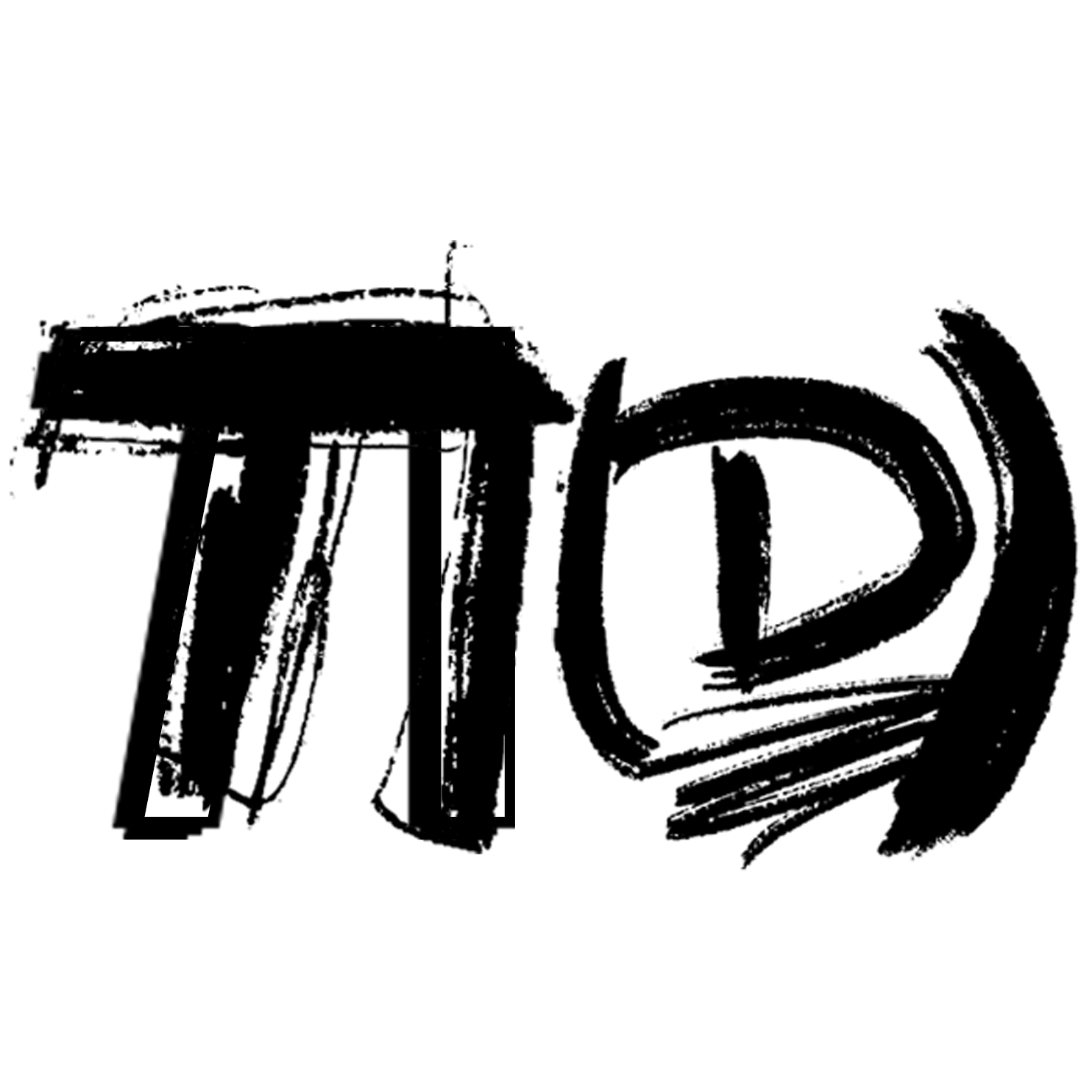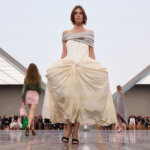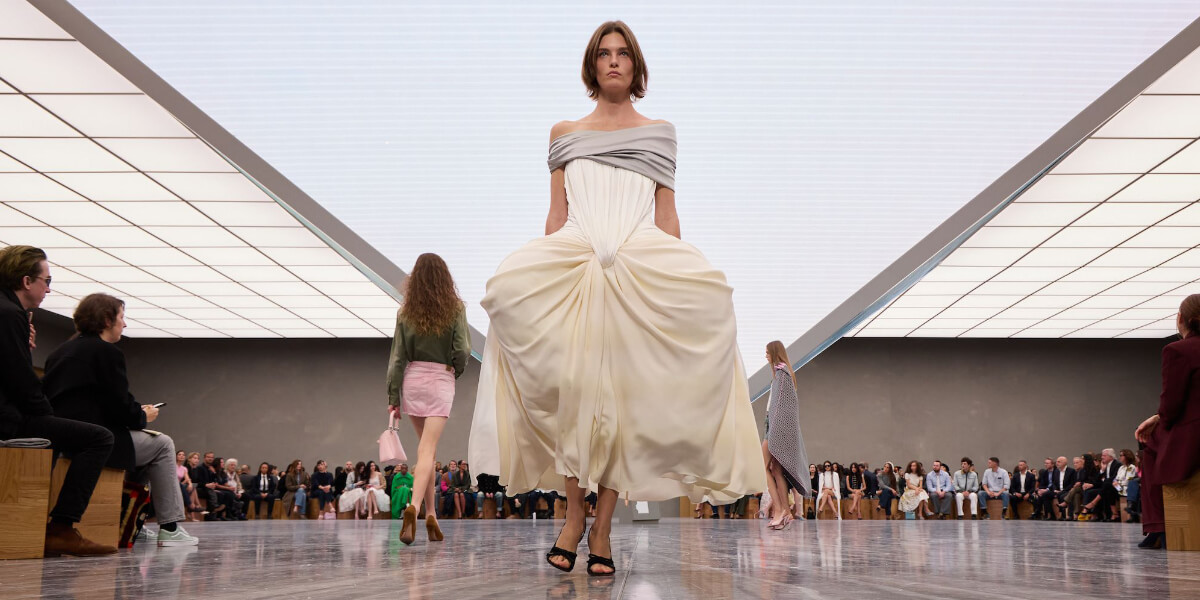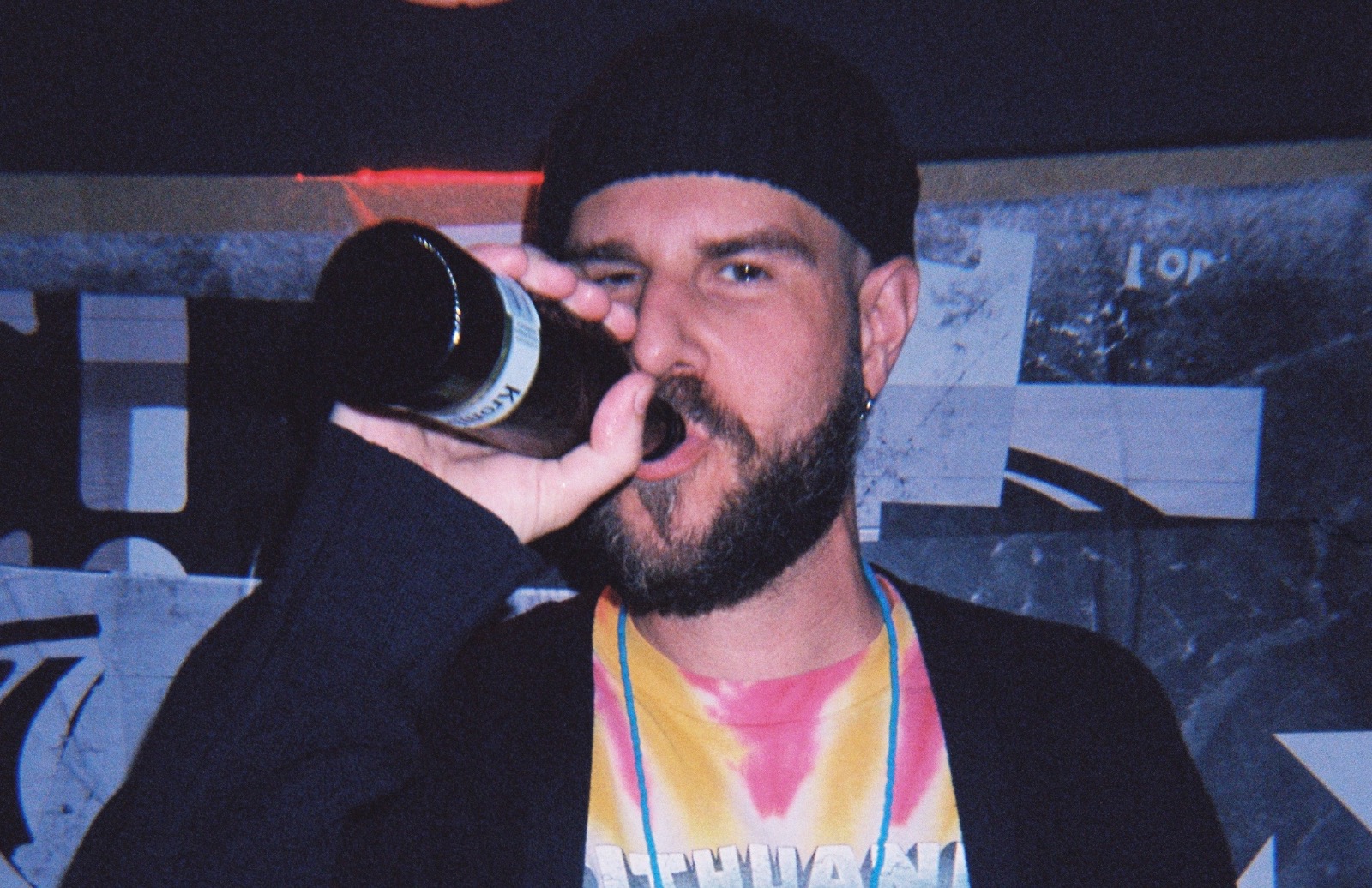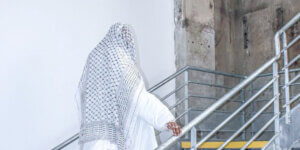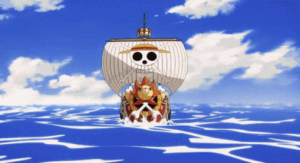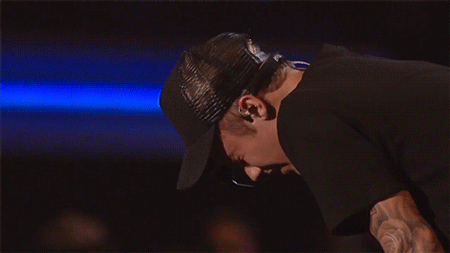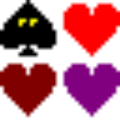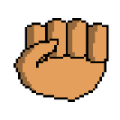This may be one of the most unique fashion weeks we’ll ever witness in our lives. There were maybe more than a hundred shows, but let’s talk about the highlights for us. We gasped a lot— with happiness and disappointment—but surely, we gasped. Everyone clearly had their biggest expectations from their favorite designers. So, did your favorite designer win the fashion week?
NEW YORK AND LONDON
The fashion renaissance started early this year and last year most of us have been waiting for it for so long. The league began in the Big Apple, but the apple wasn’t that big this season. We saw many upcoming designers and commercial shows, just like in previous years, unfortunately.
London Fashion Week, however, started to look promising after many quiet years, especially post-Brexit. Conner Ives, famous for his “Protect the Dolls” t-shirt, had an amazing show featuring the dolls. Dan Lee presented Burberry, and although no one spoke much about it, it was definitely creative and promising. And of course, Turkish sultan Dilara Fındıkoğlu hit London hard. Sometimes it feels like she’s carrying the whole week on her shoulders. It was one of the few shows that kept our feeds alive from London.
MILAN
Is Milan or Paris the true capital of fashion? After the pandemic, it’s clearly Paris, but Milan is fighting back strongly with creative transfers from Paris and around the world.
Eventually, we saw Demna’s Gucci. It felt like he tried to shock us with less avant-garde and experimental clothes full of references from his past and Gucci’s past. There was no Sabato (maybe because Sabato only thought Gucci meant Tom Ford’s Gucci). Still, there were appreciative nods to Tom Ford, Alessandro Michele, and Demna’s Vetements and Balenciaga eras. In the end, it was screaming Demna vision, and even accompanied by a short film (like his Simpsons collaboration in the past).
Late at night, Diesel held a street show. That’s all I can only say, maybe because Margiela Glenn didn’t have enough time for Diesel.
The next day, we finally gasped (for good reason this time) at Jil Sander! Simone Bellotti deeply transformed the brand after Luke and Lucie Meier’s tenure. ’90s minimalism, contemporary shapes, and beautiful colors earned great feedback from the fashion crowd.
Then came Prada, as usual one of the most anticipated and consistently excellent shows. We all thought Raf Simons would drastically change the brand, but clearly Miuccia has a decisive vision. Nothing major has changed. It’s his fifth year and it still works.
Sunnei and The Attico were definitely worth checking out, as well.
But for most of us, Milan Fashion Week ended with Bottega Veneta. Former Carven creative director Louise Trotter took over, and sometimes I wonder if Bottega is successful because of the brand itself, or because its creative directors are always so talented and understand it so well. Maybe whoever comes in just continues the same winning formula. Still, with respect to Daniel Lee, he started it all and saved the brand.
PARIS
The first day started quietly, with small but talented designers like Vaquera and Burc Akyol. But that night, Saint Laurent took over. The venue and guest list were as powerful as ever, but when it comes to clothes, Anthony Vaccarello always chooses the safe option: big shoulders, skinny bottoms, and, of course, beautiful shoes with the largest accessories.
And honestly, should we complain about that? People online always criticize when a collection is too different from the brand, and then complain again when it’s the same. In my opinion, as long as I see aesthetically pleasing clothes that respect the brand’s legacy, it’s fine—and Mr. Vaccarello does that best.
Amidst the chaos, some might have missed Julian Klausner’s Dries Van Noten; romantic, respectful, and deeply poetic. Or maybe you were more focused on Courrèges, always sexy, always futuristic, and that’s all.
While Stella McCartney was explaining vegan fabrics, the Dior earthquake happened, and we all forgot about our sustainable queen’s speech.
Dior was totally new, but still very Dior. Jonathan gave us clear hints in his men’s show, wearable but artistic, romantic yet sexy, colorful yet dark. Well-thought-out, beautifully styled with great bags and hats, it was Dior. He dove deep into the archives, injected his creativity, and maybe delivered the show of the season: denim shorts, wildly shaped dresses, and that romantic-cute-but-still-sexy energy that only he can balance.
Acne Studios gave us exactly what we like, as always.
Balmain; go check it yourself if you want, but most of us haven’t for a while, and there’s a reason for that.
Let’s talk about Haider Ackermann’s Tom Ford show; everything we wanted from the Tom Ford archives was there, with a wonderful performance (yes, I’d call it that). Tom Ford needs a new word for sexiness. Maybe it was repetitive of his Gucci years, but it was exactly what people had been asking for: long dresses, see-through men’s shorts, underwear, elegance—hotness is back!
Rick Owens was Rick Owens.
Isabel Marant was Isabel Marant, in a good way.
LOEWE was one of the most anticipated shows of the season. Jack McCollough & Lazaro Hernandez’s Loewe split opinions. Personally, I thought it was clever. J. Anderson’s strict brand identity softened here, becoming more minimal, modern, and even sexy, yet still Loewe. Still summery, colorful, and playful but sleeker.
And yes, Vetements is still on the calendar.
Alaïa was the most unproblematic show of the season. Pieter Mulier made everyone happy with his vision: oriental yet contemporary women.
Maison Margiela, however, divided opinions. Glen started beautifully with a children’s orchestra and poetic references to Martin’s playground show, but suddenly models appeared with stitched mouths and looks that didn’t resemble Margiela. When some creatives leave their houses, they leave behind their legacies, yet some current designers clearly can’t see or understand them.
Then Comme des Garçons popped up in my feed; funny soundtrack, true avant-garde clothes, followed by Ann Demeulemeester’s dark romance.
We barely caught our breath before Pierpaolo Piccioli’s Balenciaga. Demna left such a strong legacy there. Maybe Pierpaolo wanted to ignore it, but we could still see traces in the hard leather shapes and futuristic sunglasses. It was far from his own style, yet reminiscent of Nicolas Ghesquière’s Balenciaga, with Pierpaolo’s glamorous touch mixed with Demna’s dark, punk-futuristic edge.
I’d love to talk about Celine and Valentino, but I was too focused on Duran Lantink’s Jean Paul Gaultier. I gasped again, but this time, speechlessly. That Fifth Element-inspired take: was it fun? Experimental? New? Sorry, but to me, it was a big no. Still, let’s not judge his vision from the first show. We know what he’s capable of from his own brand.
In the end, there was a McQueen show. The brand has struggled for years to satisfy its fans, but this time Sean McGirr tried to reimagine its vision with a streetwear touch, low waists, army jackets, and, of course, gothic corsets and dresses.
Then came the night everyone was waiting for, even those who only follow fashion through news headlines when they need a break from politics: Chanel by Matthieu Blazy.
Before that, thanks to Thom Browne for doing what he does best, never disappointing. And Miu Miu for opening with Sandra Hüller.
Chanel had a galaxy-themed venue, planets, and stars. When I first saw it, I didn’t know what to expect. The show started 30 minutes later (and Chanel’s official Instagram posted an hour after that!), but I stayed.
I saw things I wanted to see, things I didn’t expect to see, and things I didn’t want to see. I saw Chanel, but sometimes, I saw Matthieu’s Bottega Veneta years. White long dresses, and yes, no tweed. But maybe Chanel hired him because they’re tired of selling only shoes, bags, and tweed jackets. They wanted strong, ready-to-wear again, and after hours of thinking, I decided: I love it. At least it was sophisticated and aesthetically pleasing.
So, which house won the league for you?






